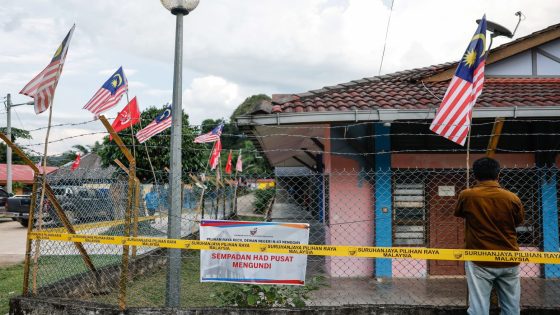By Rajesh Kumar Singh
CHICAGO (Reuters) – Boeing’s long-awaited announcement that it will buy back its struggling supplier, Spirit AeroSystems, now shifts the focus of investors to the planemaker’s search for a new CEO.
Boeing has been looking for a new head after Dave Calhoun said in March he would step down by year-end, in a broad management shakeup following a January mid-air panel blowout on a 737 MAX plane.
Several potential candidates have emerged, including Patrick Shanahan, who has been running Spirit AeroSystems for the past nine months. Other candidates include Boeing’s chief operating officer, Stephanie Pope, and current board chair Steve Mollenkopf.
Regardless of who is named CEO, Shanahan, 62, is notable for his previous tenure at Boeing and current role as Spirit’s CEO. An engineer by training, during his 31-year career at the planemaker he was known as “Mr. Fix-It” for his ability to turn around poorly performing programs.
“It’s very significant having Shanahan back into Boeing as an executive,” said Bill George, former Medtronic CEO and executive fellow at Harvard Business School. “They need someone who understands the technology or aerospace technology.”
Shanahan took the reins at Spirit last October after his predecessor resigned following a series of mishaps at the supplier, which makes Boeing’s 737 fuselages and other airframe components.
After taking over, he vowed to stabilize operations and improve cash flow at Spirit. But the Jan. 5 mid-air panel blowout dealt a big blow to Shanahan’s turnaround plans for Spirit.
Federal investigators discovered that the panel was removed by Boeing workers to repair rivet damage present when the aircraft was delivered by Spirit last year.
After the January incident, Spirit said it would invest in autonomous technology, increase training for mechanics and the number of Boeing and Spirit-performed inspections, as well as take steps to “mistake-proof” 737 MAX production.
In May, the company said it was pursuing various options to shore up liquidity. It also announced plans to lay off several hundred workers in Wichita, Kansas.
Shanahan was not available for comment.
He was put in charge of Boeing’s 787 Dreamliner in 2008 during a troubled time in the program’s development and rose to become Boeing’s senior vice president for supply chain and operations in 2016.
His Boeing career ended in 2017 when he became U.S. deputy secretary of defense. Shanahan was named acting U.S. defense secretary in January 2019 after Jim Mattis resigned but he pulled out of his quest for the permanent job in June of that year.
Spirit AeroSystems was founded as an independent company in 2005 when Boeing sold its Wichita, Kansas, and Oklahoma plants. With Boeing’s new deal for Spirit not due to close until mid-2025, it was not immediately clear how long Shanahan might remain tied to the aerostructures company.
Ernest Arvai, president of consultancy AirInsight Group, said Shanahan’s long association with Boeing has made him “steeped” in its culture, which he said is not what the jetmaker needs.
“They need to change their culture,” he said. “I’m just not sure he would have the extra gravitas to be able to do that job.”
Some industry sources say Spirit’s continued struggles under Shanahan could impede his chances of gaining the top job at Boeing.
After the January mid-air incident, Shanahan said that quality would drive the compensation of Spirit executives. He received about $8.9 million in total compensation last year.
Tony Bancroft, portfolio manager at Gabelli Funds, which holds shares of both Boeing and Spirit, said that while Shanahan was trying to get Spirit on “the right track,” he possibly had too little time to make the necessary changes.
Bancroft said he has received “very positive” feedback on Shanahan from some of Boeing’s large shareholders.
“I think he’s a logical, natural fit,” he said.
(Reporting by Rajesh Kumar Singh in Chicago; additional reporting by David Gaffen in New York; Editing by Matthew Lewis)
Source Agencies



